Your Cart is Empty
Black Friday | 25% OFF & More!
Black Friday | 25% OFF & More!
Black Friday | 25% OFF & More!

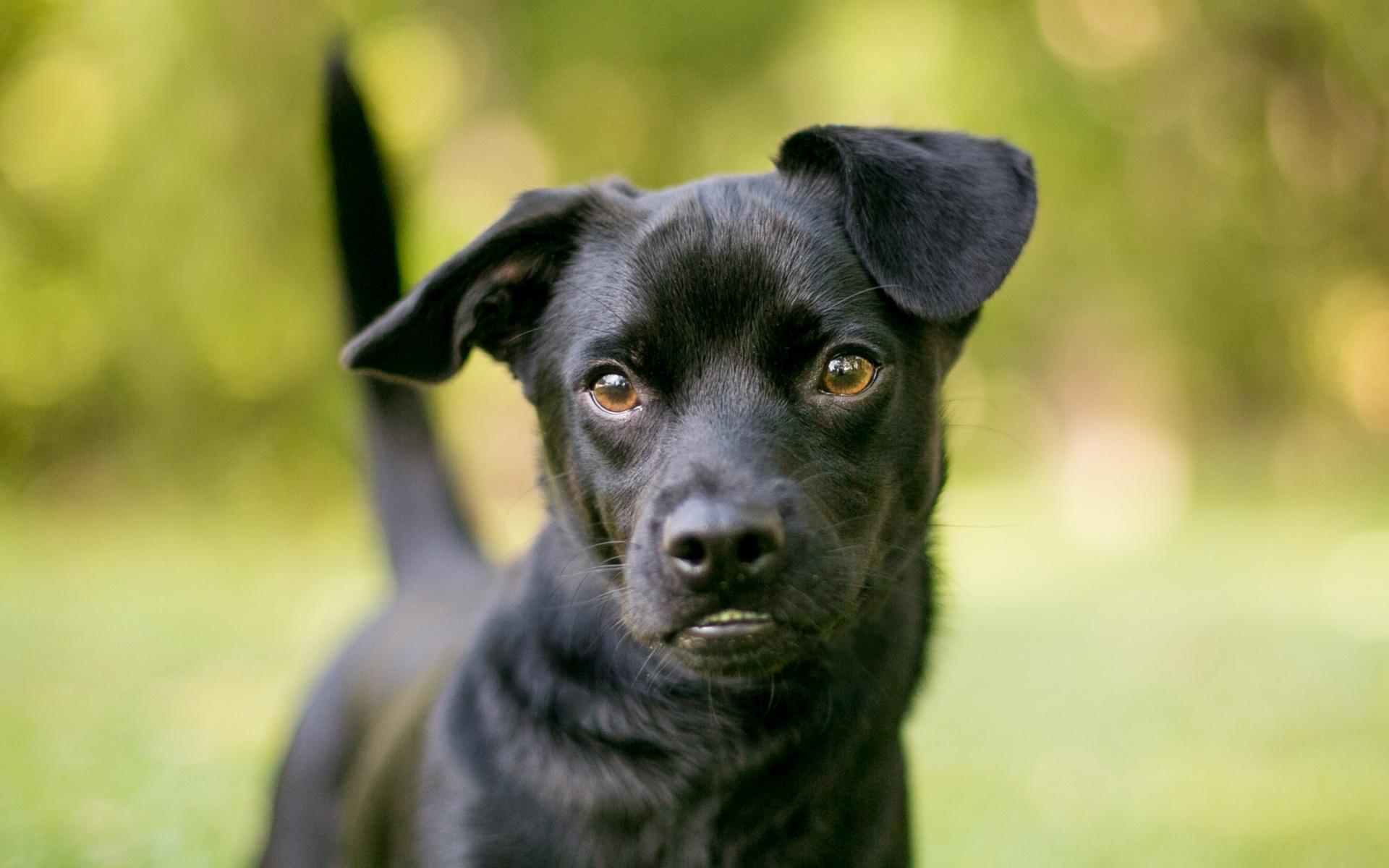
A mix of the Chihuahua and the Dachshund, the Chiweenie sure has a lot to offer. This article discusses their character traits and appearance, as well as providing lots of information on how to care for them, in order for them to make an excellent family pet and to reach their full potential.
This is the crossbreed with a couple of the best nicknames around: The German Taco or the Mexican Hotdog! They’ve been gaining popularity in recent years and, though not recognised by any Kennel Clubs, they’re popular pets who feature all over social media.

Lifespan
12 - 16 years

Size
Small

Weight
5-12 pounds

Height
6-10 inches

Colors
Solid Colors: Black, brown, white and fawn
Combination: Mix of black with white or brown chest

Size of home
The Chiweenie breed is small and can adapt well to various living spaces, including apartments.
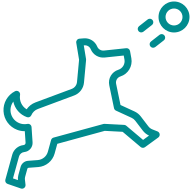
Exercise
The Chiweenie need around 30 minutes to an hour of daily exercise, including walks and playtime. They are energetic dogs, and regular activity helps prevent boredom and potential behavioral issues. However, due to their Dachshund heritage, it's important to avoid strenuous activities that could strain their back, like jumping from heights, and focus on flat surface.
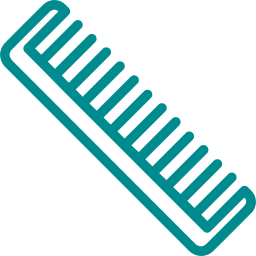
Grooming
A weekly brushing and occasional baths should suffice for most, especially those with short coats. However, those with longer or wirehaired coats will need more frequent brushing and may need professional stripping. Regular teeth brushing and nail trimming are also important parts of their grooming routine.
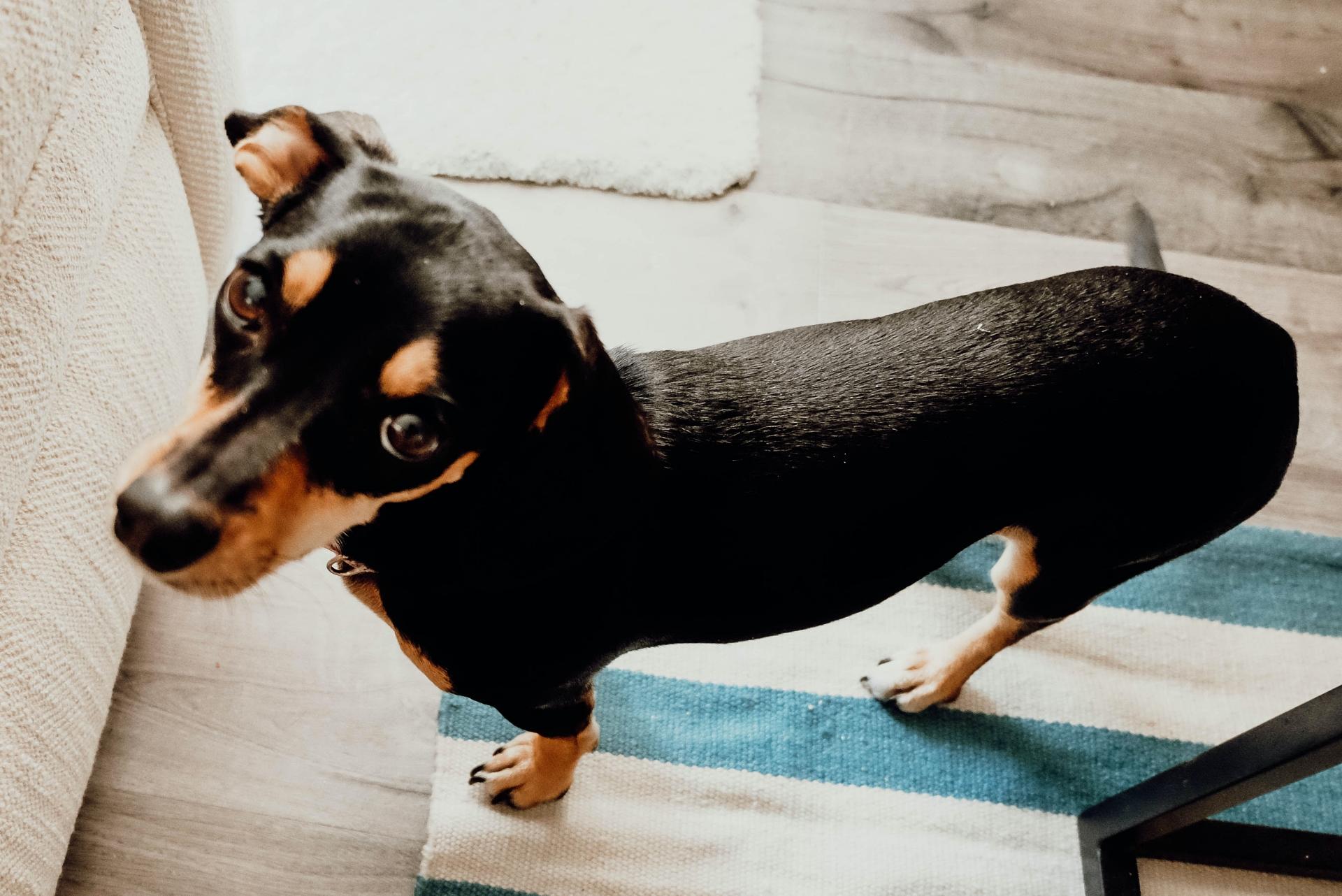
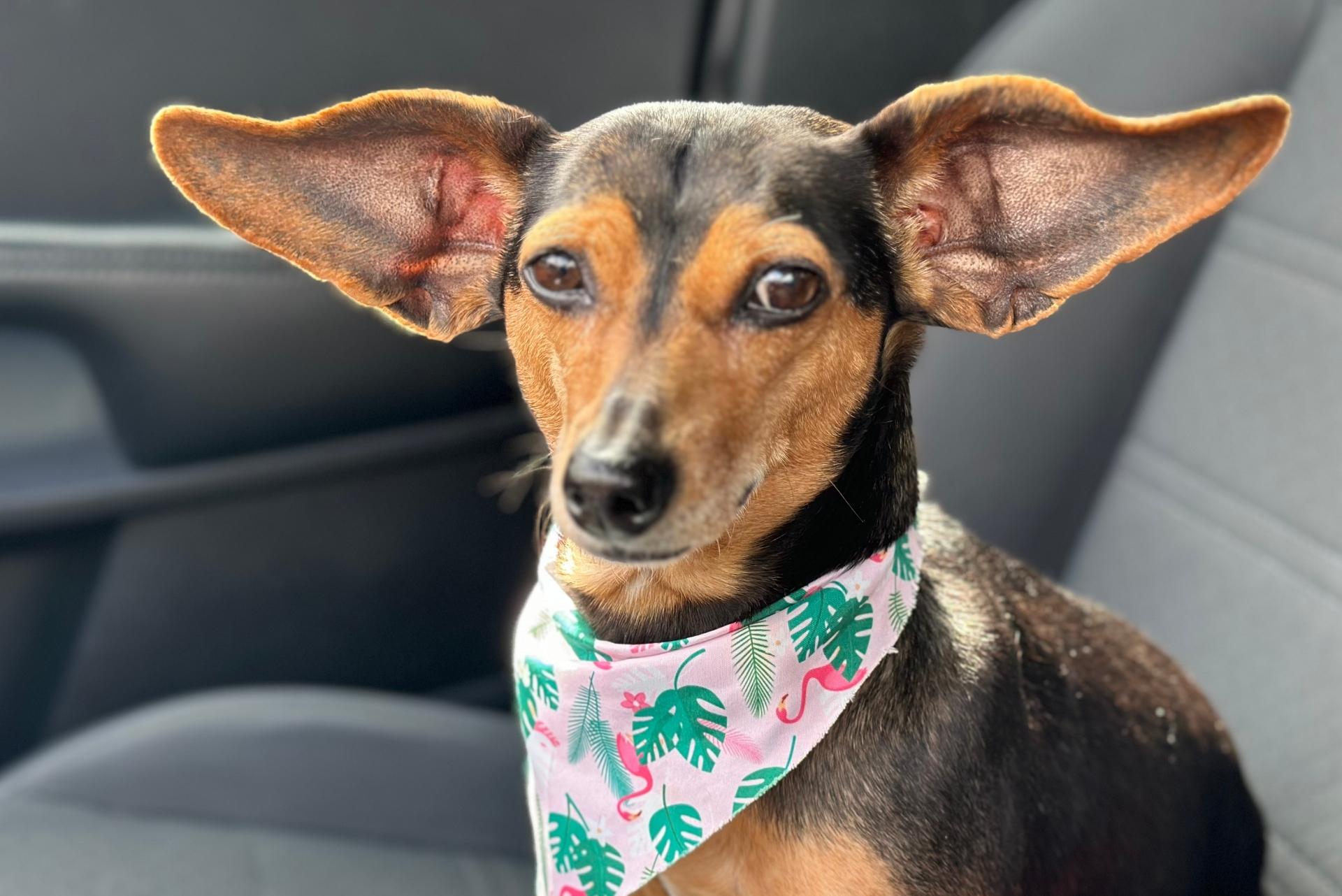

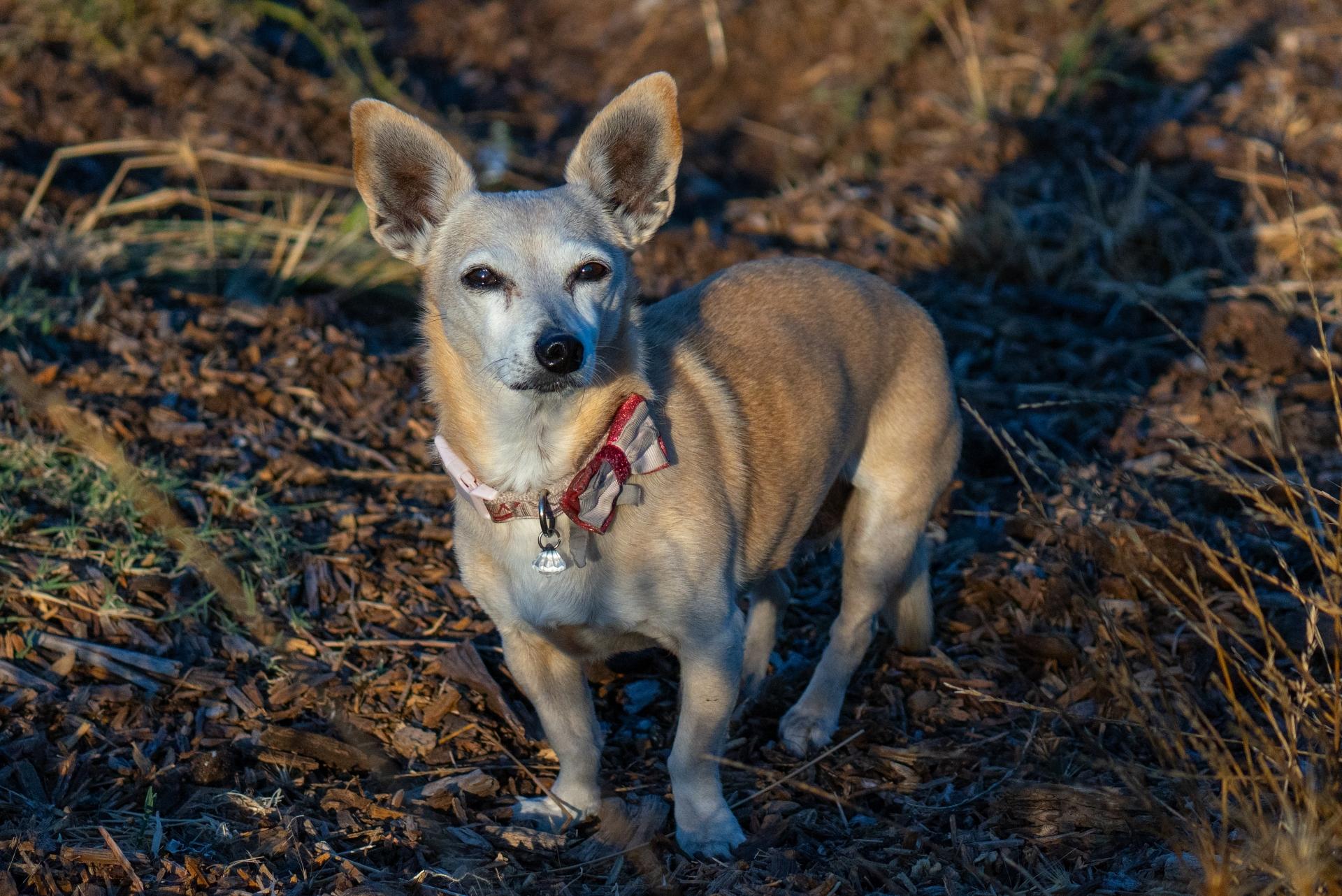
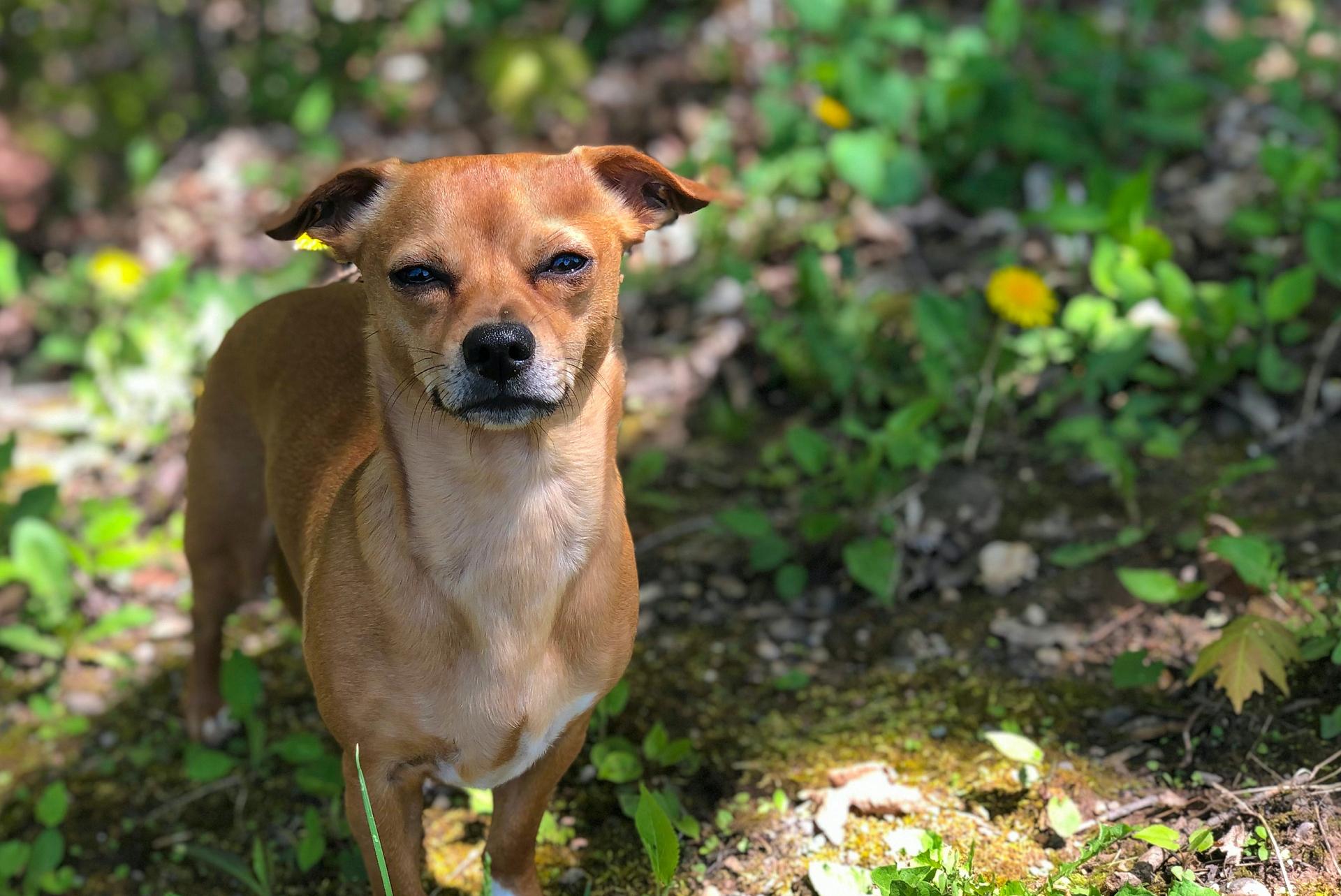
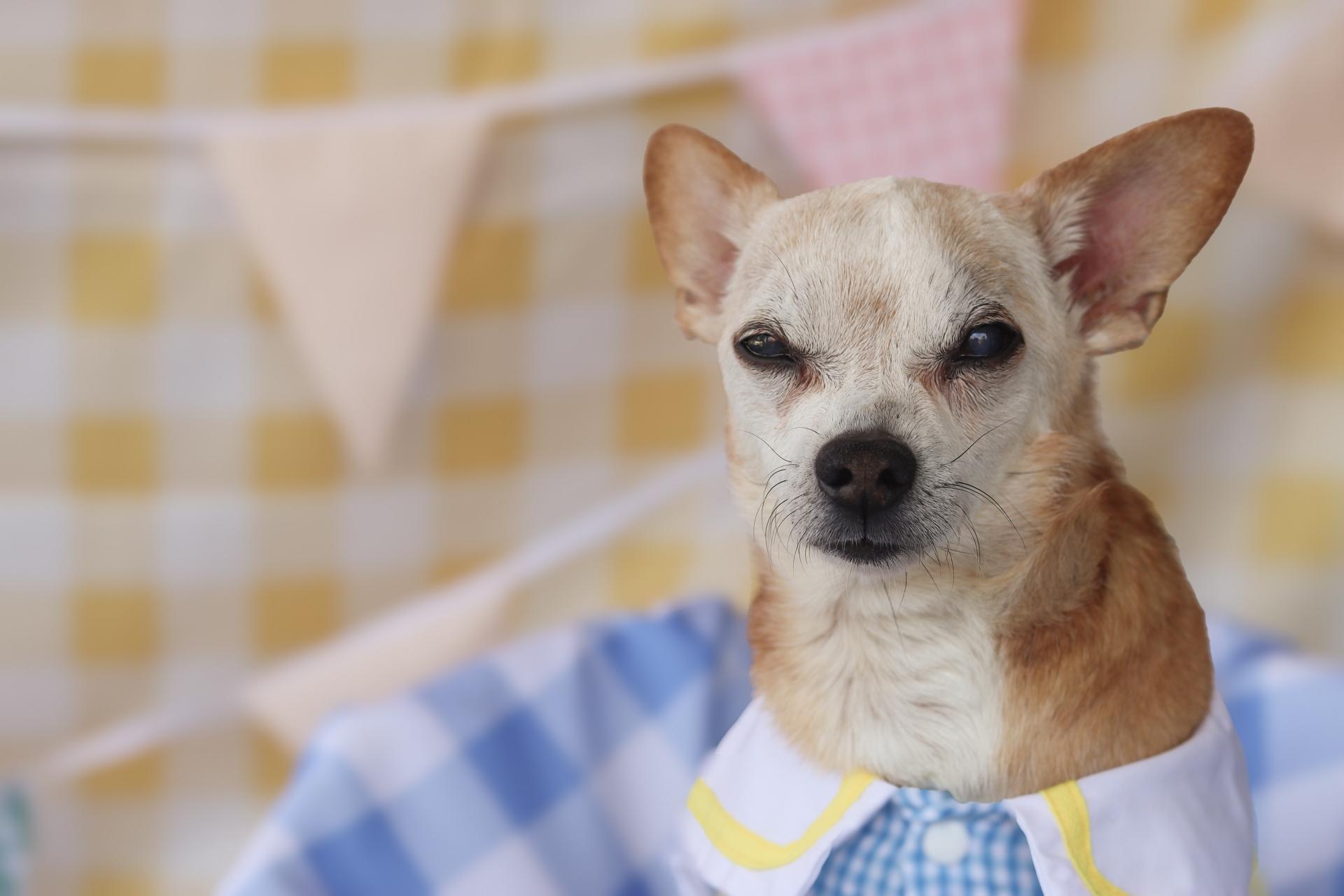
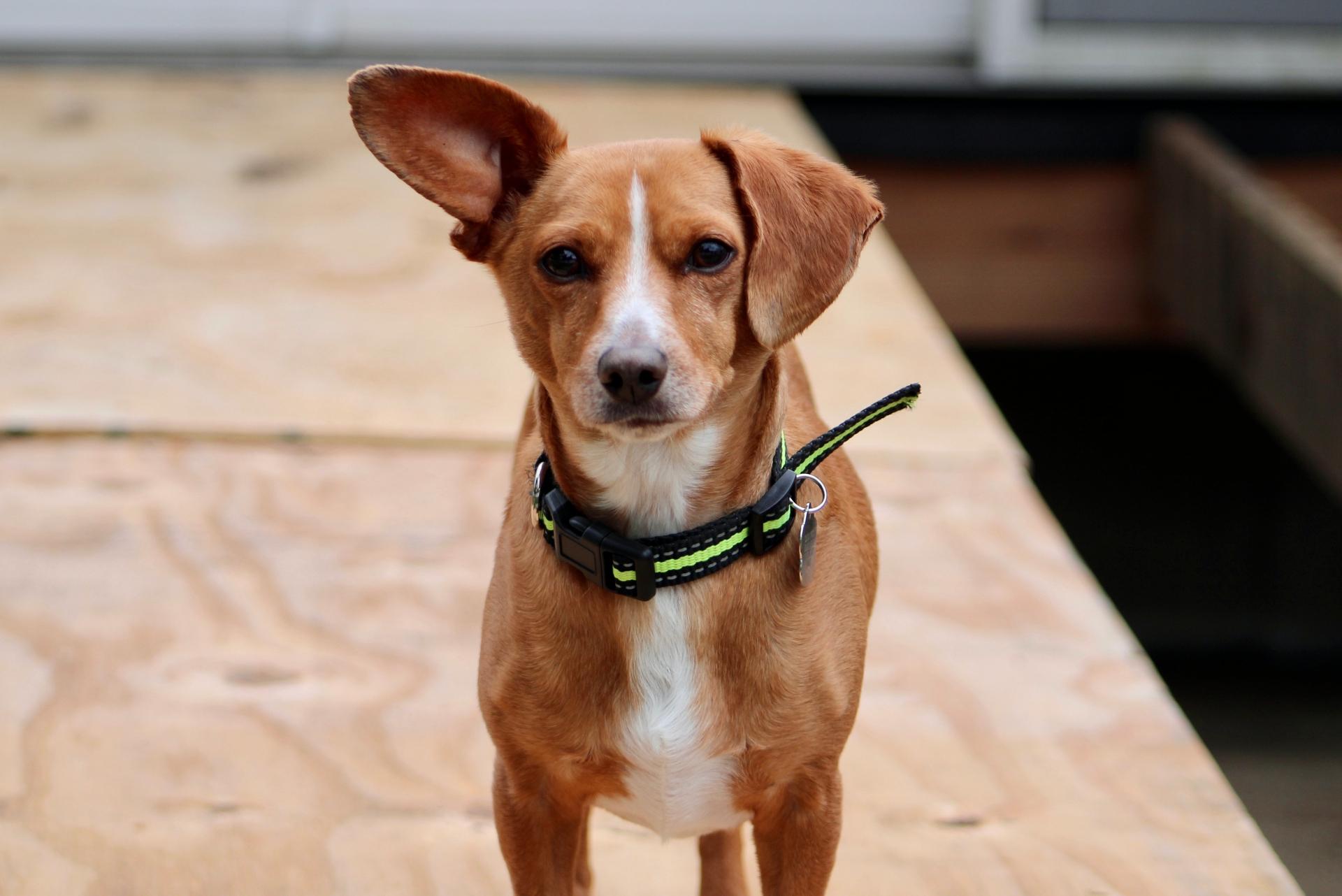
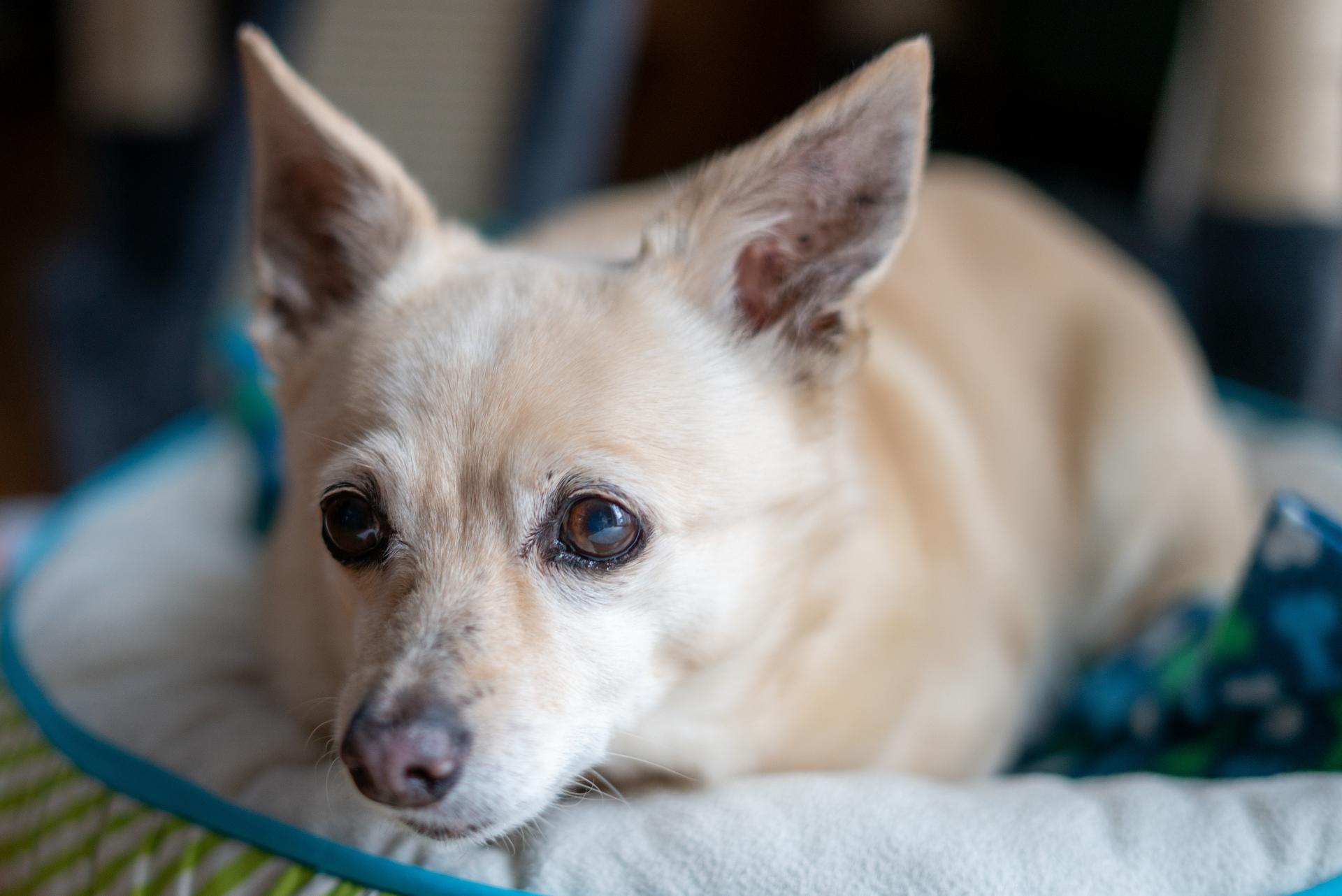
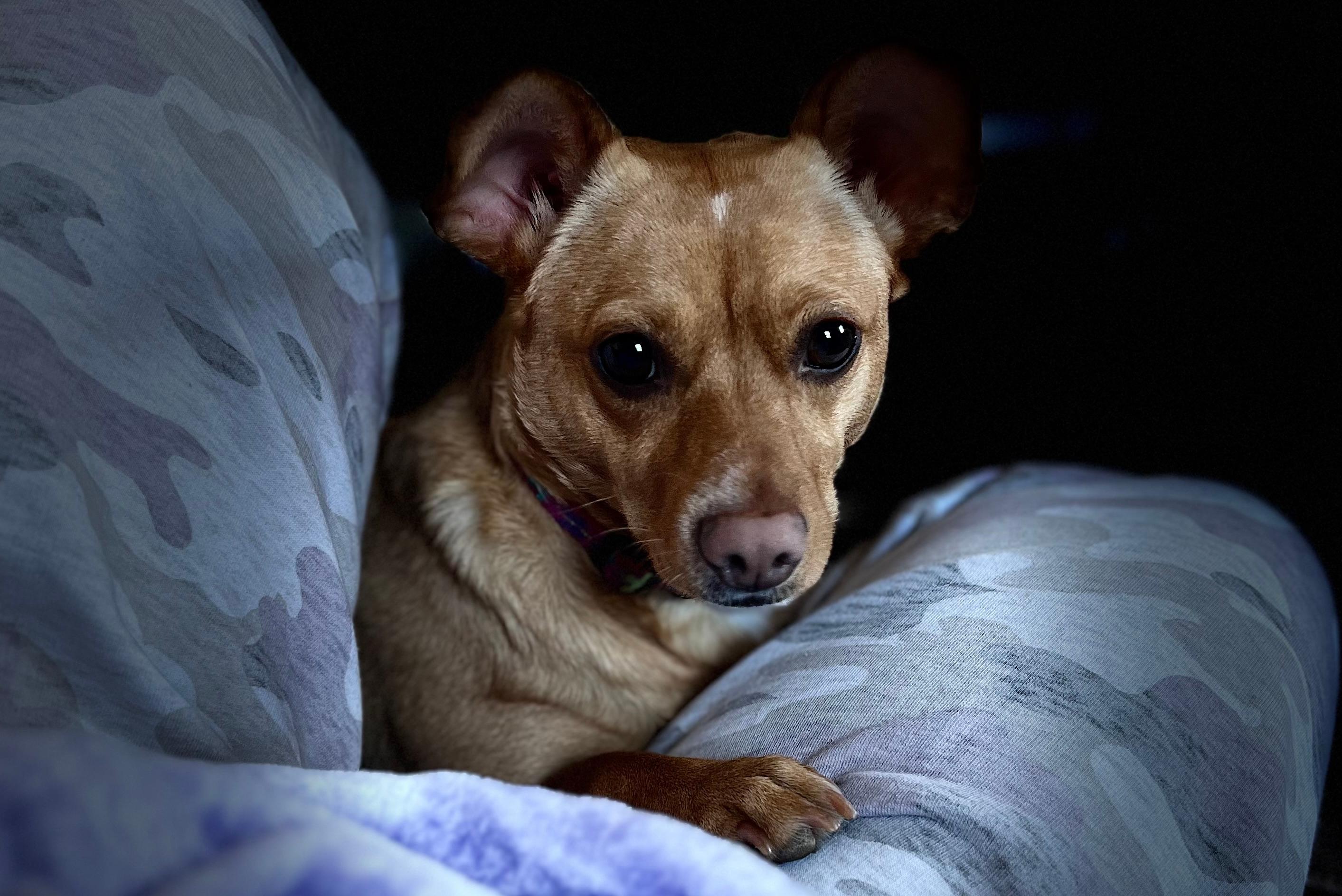
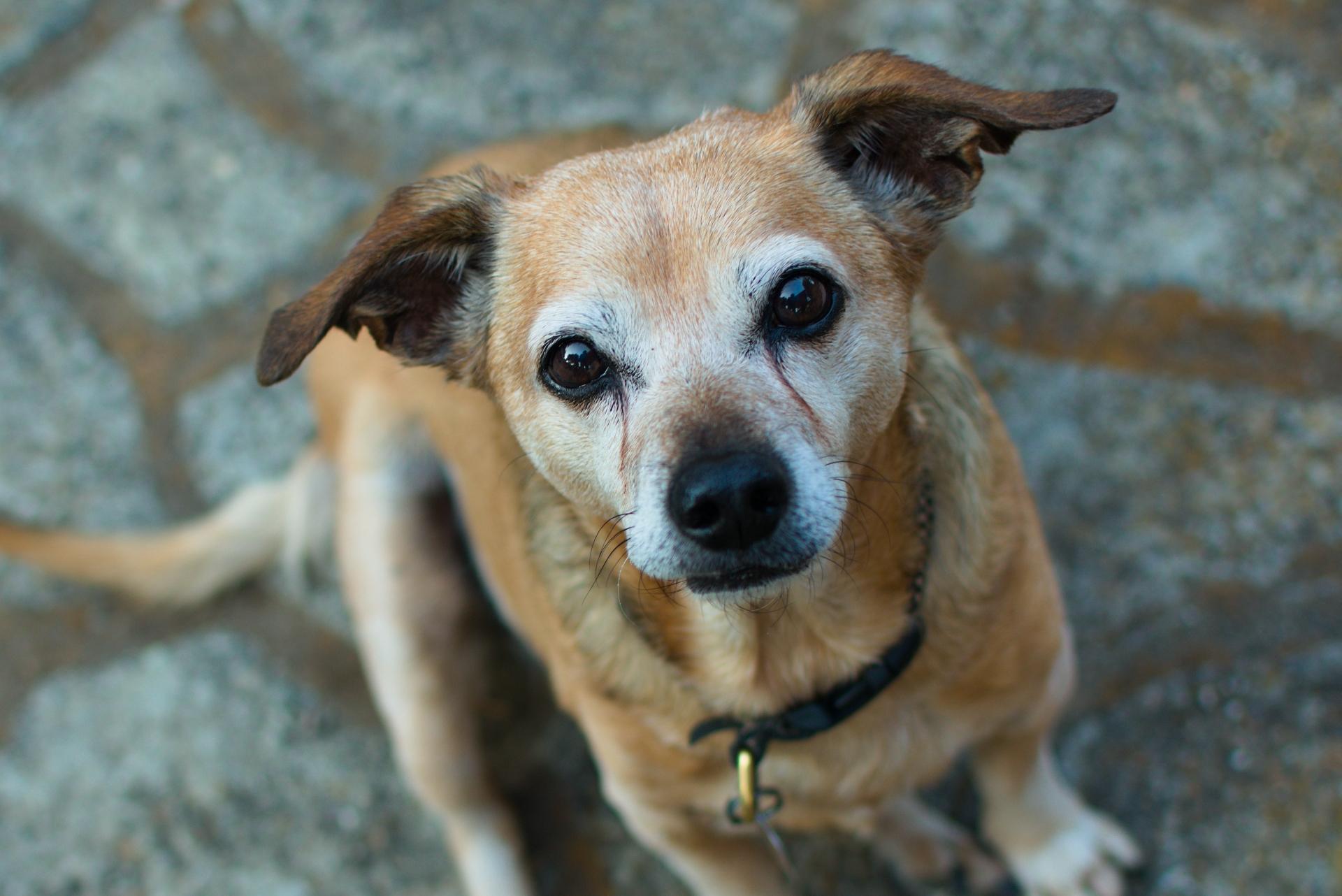
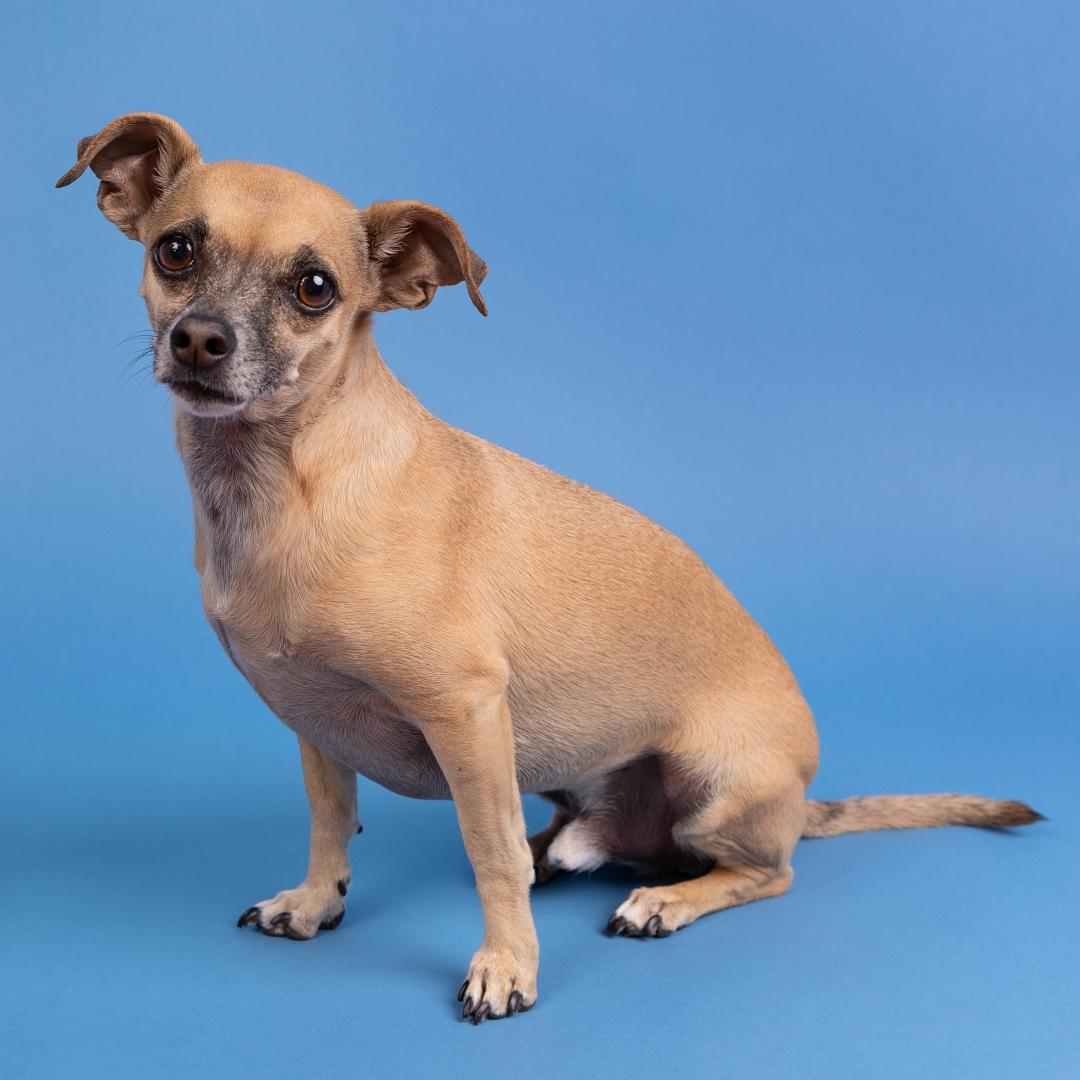
As is true of any crossbreed, predicting what the Chiweenie is going to look like is not always easy. You can get those who resemble Chihuahuas, those who resemble Dachshunds, and pretty much anything in between.
Their coat is highly variable and can be short or long, straight or wavy. It is even possible to get wire-haired dogs. Some of the more common solid coat colours include fawn, cream brown white and black. There can even be pups born with patterns or a dappled coat. Many breed members have two or even three coat colours and it is typical for there to be a variation, even within one litter.
Their ears can be erect or pendulous, and most do flop over a little. Though some have the smaller head of their Chihuahua parent, others maintain the longer Dachshund skull and snout. They have almond shaped eyes that are typically soulful and a dark brown.
Many dogs have a longer body and are low to the ground. Some breed members inherit the dwarf-type statue of their Dachshund parent, while others have straight and slender limbs like the Chihuahua. From a health perspective, the straight limbs and shorter back are preferred, as they are less prone to joint disease such as IVDD or osteoarthritis.
They weigh from about 8 to 13 lbs and grow to heights of around 8 to 10 inches at the withers. In the grand scheme of things, this makes them a very small dog and, as some would say, are ‘a handbag dog’.
This cross-breed makes an excellent family pet in the right circumstances. They’re alert and loyal, playful and brave. If raised alongside children they can get along with them very well. The same can be said for dogs, but some struggle to keep their cool around cats and may try to chase them.
They can be affectionate, and tend to form strong bonds with the family members who spend most time with them. There are also some individuals who remain more aloof and independent, particularly if they have a more confident personality type.
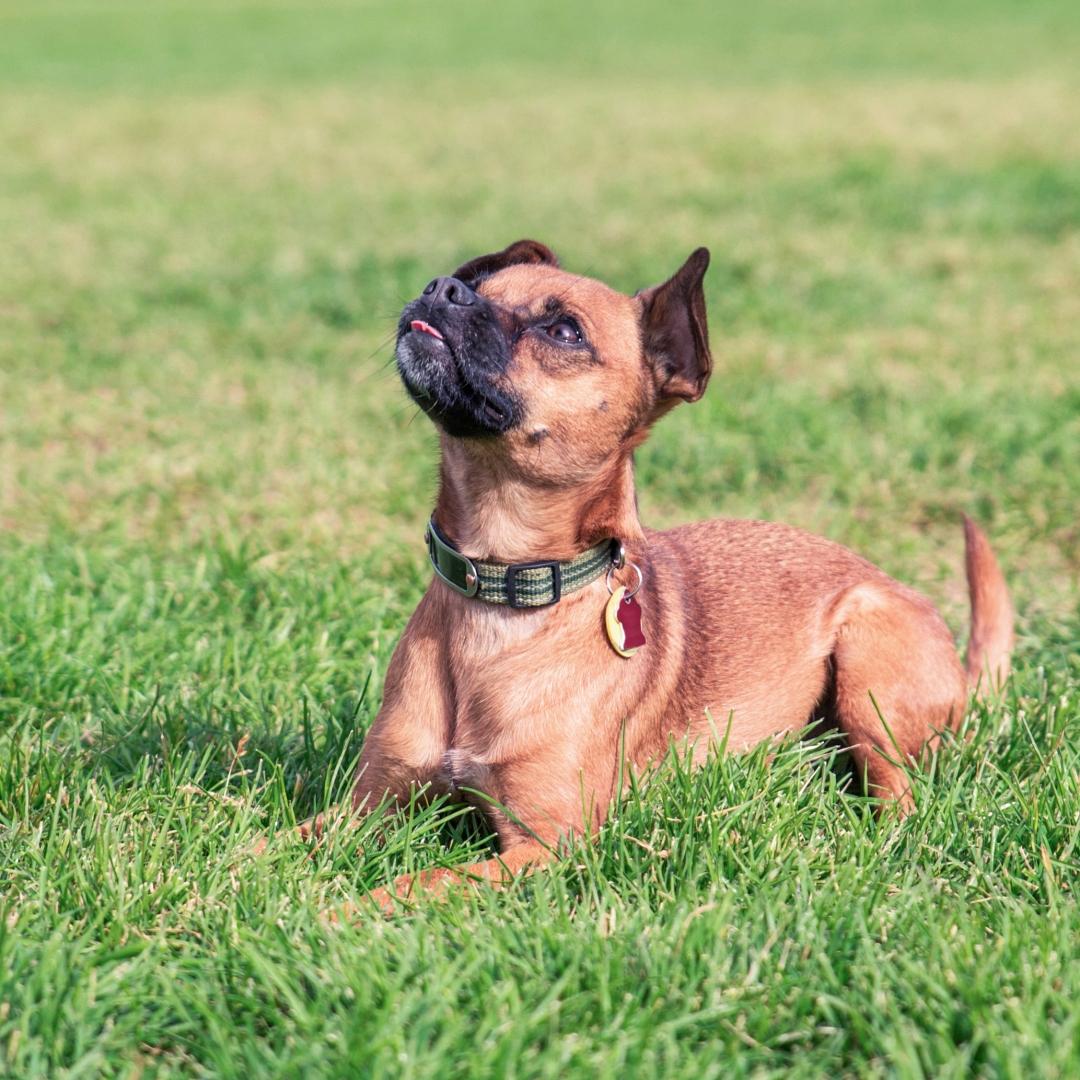
Fearless and switched on, most make excellent watch dogs and will alert their owner with loud barks. Their small stature means they’re, however, quite useless as guard dogs. For apartment living, though their size is ideal, some owners find it difficult to train them to stop barking so much.
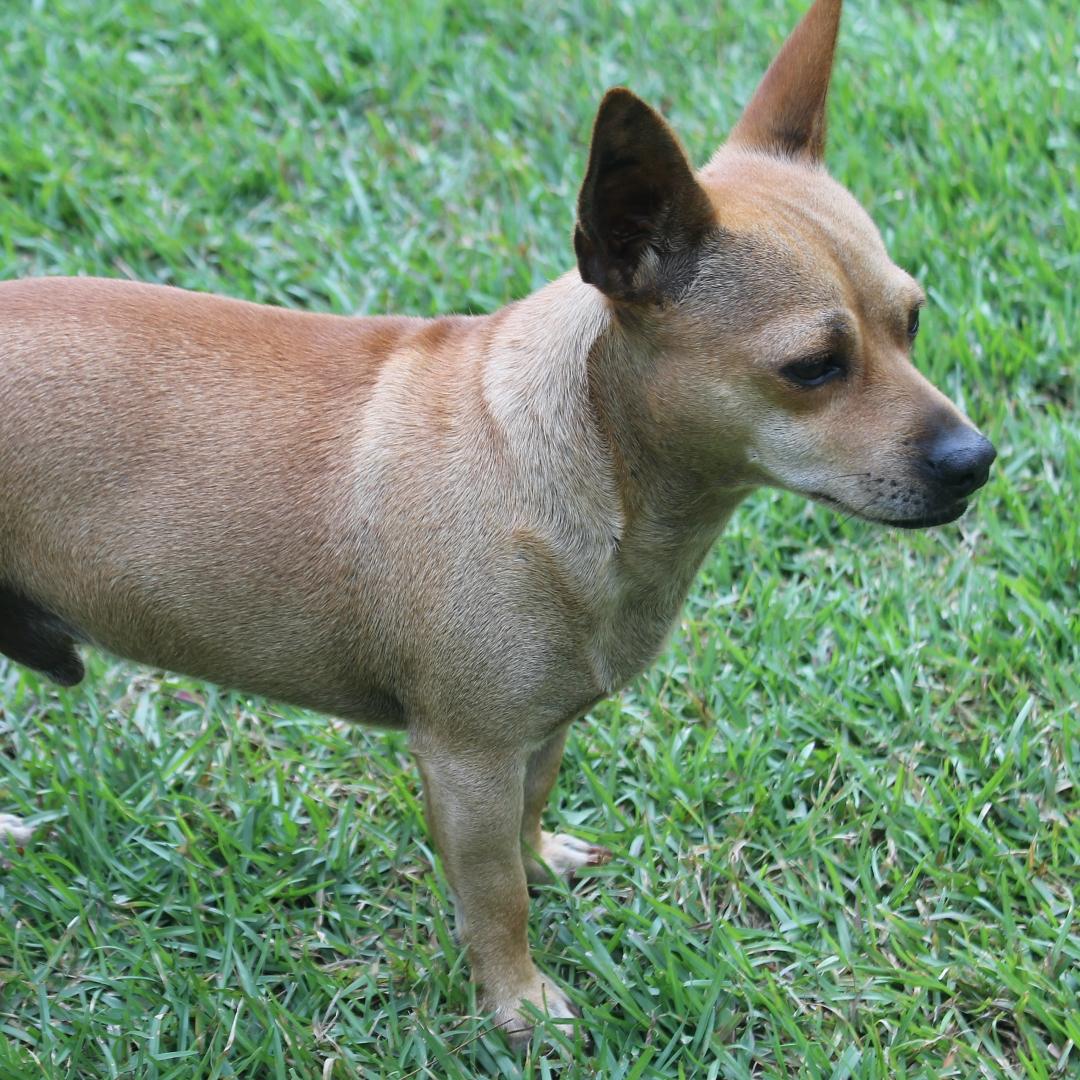
It is generally accepted that the Chiweenie originated in the USA, probably in the late 1990’s or so.
As they’re not a Kennel Club recognised breed, it can be tricky to pinpoint their exact origin of this dog. There is a lot more known about their parents' breeds!
The Chihuahua is a Mexican dog bred as a companion and very popular in South America to this day. Dachshunds are a German hunting dog, prized for their ability when it comes to hunting badgers and smaller prey.
Most owners agree that the Chiweenie is a loyal and loving dog. They can bond more with one family member, and this is usually the one who feeds them, walks them and spends most time with them. For a single person, this breed characteristic can be highly coveted.
It is key to socialize these dogs from a young age if they’re to be sensible and tolerant around children and other pets. Those who’ve not been exposed to children in the first few months of life can find their sudden movements and loud noises concerning, and this can lead to anxiety and snappiness when in their presence. Another consideration when it comes to children is that this breed has a long back and should not be picked up or dragged around under any circumstance.
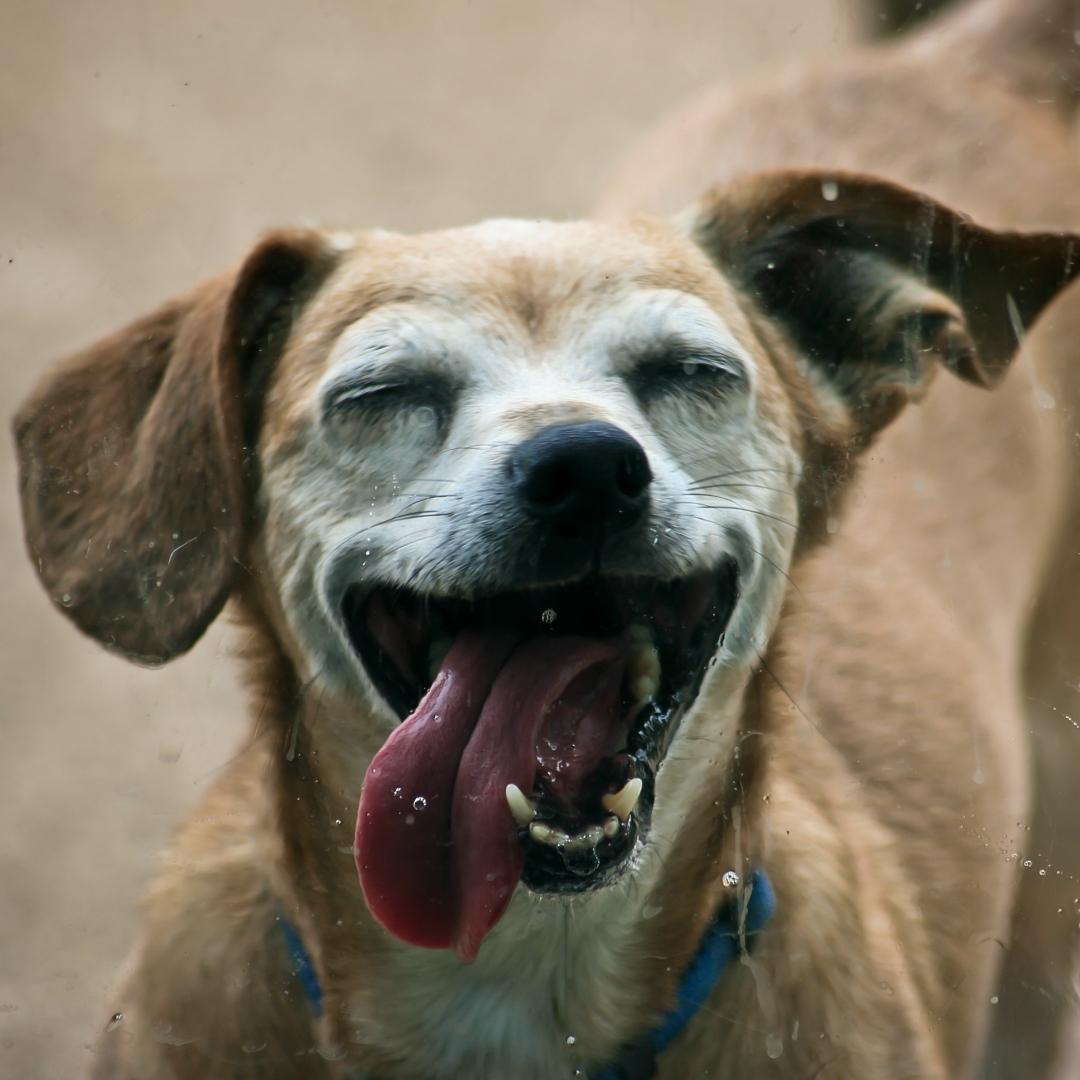
Although a smaller breed, these dogs are actually known to be confident and anxiety is not often an issue. They’re not usually ones to back away from other dogs if barked or snapped at. It seems they never got the memo about their size!
Very playful, even those who are middle-aged can sometimes be mistaken for puppies. They love to play- both with people and with other dogs.
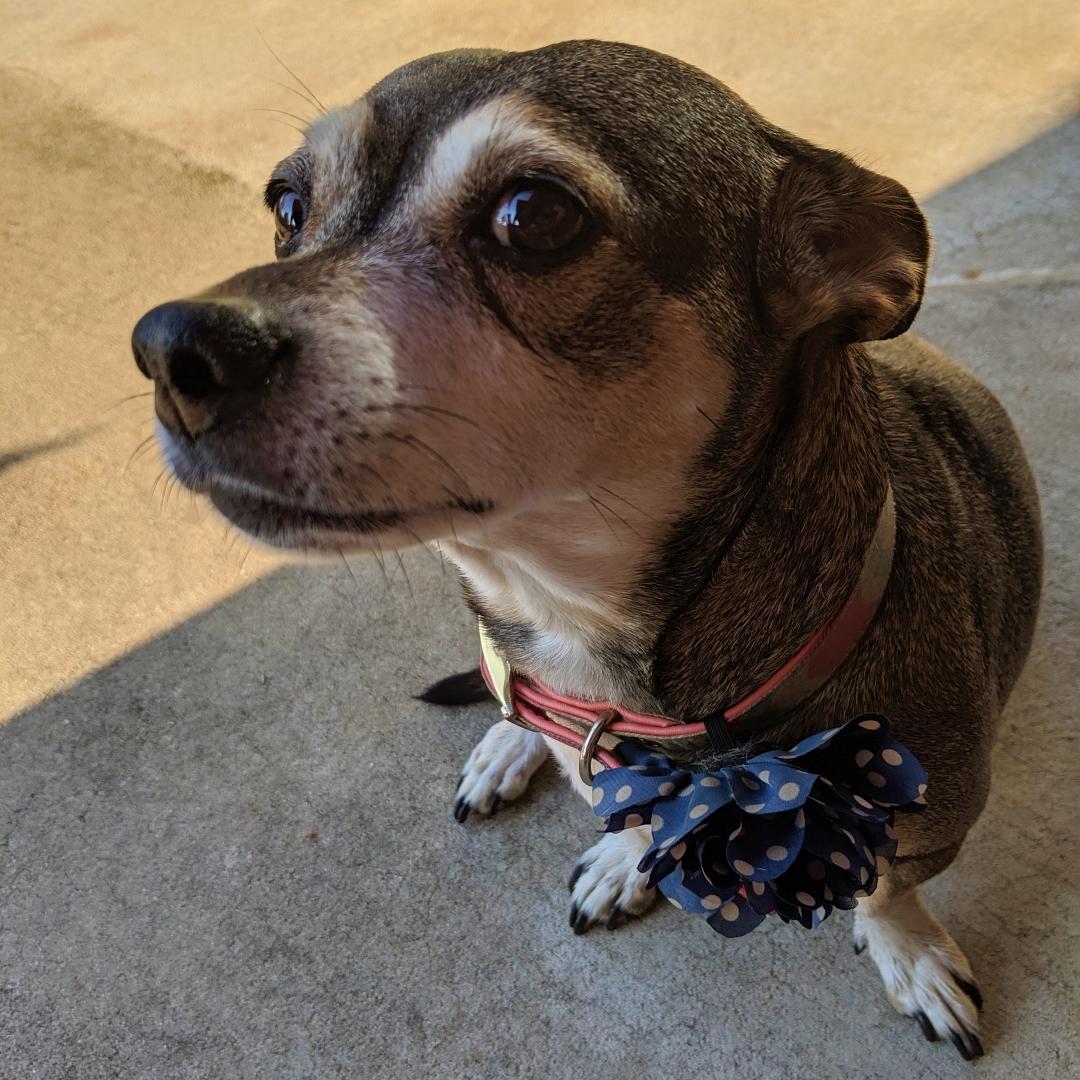
Like any other breed of dog, the Chiweenie breed needs daily training. This is true if they’re a 10 week old puppy or a 10 year old senior! They thrive on routine and need it in order to stay content and well-rounded. Daily training sessions are a great form of mental stimulation and they strengthen the bond between owner and dog- as well as ensuring they’re polite and enjoyable to live with.
The Chiweenie breed takes well to positive reinforcement, meaning they are encouraged and rewarded when they do the right thing. This can include praise or marker words, pets, and yummy training treats such as bits of meat. They’re not necessarily the most food-driven breed, so it pays to offer something really palatable, to keep them on side.
For younger puppies, start off with some simple commands like ‘Sit’, ‘Paw’ and ‘Lie’. Once mastered, they can move on to more complex tasks such as ‘Stay’ and ‘Roll over’. At a few months of age, you can begin work on their recall training on a long line lead. Be aware that some Chiweenie’s maintain the high prey drive of their Dachshund parent so are easily distracted by moving animals like squirrels. It can take a good year or so to develop a solid and reliable recall, and many experience a setback around puberty where they can become less cooperative.
Though senior dogs won't have many new tricks to learn, they’ll benefit from continued training sessions and one-on-one time. This helps keep their mind sharp and may even slow the progress of any cognitive decline.
The Chiweenie breed could never be described as energetic, but they are not going to have extremely high exercise requirements, due to their small size. A good rule of thumb for an adult would be about 30 minutes of exercise twice daily.
Though one part of their walk is moving about and getting from A to B, they also love to spend time sniffing, exploring and socialising. It can be tempting to drag them along behind you, but try to give them a chance to enjoy their surroundings!
These dogs love a game and will never say no to playing some fetch or a little game of ‘find it’. These kinds of activities not only offer a rich form of exercise, they also stimulate their brain and help keep them busy. Another way to ‘tickle’ their mind is to provide food from a variety of puzzles including Kongs, lick mats and snaffle mats.
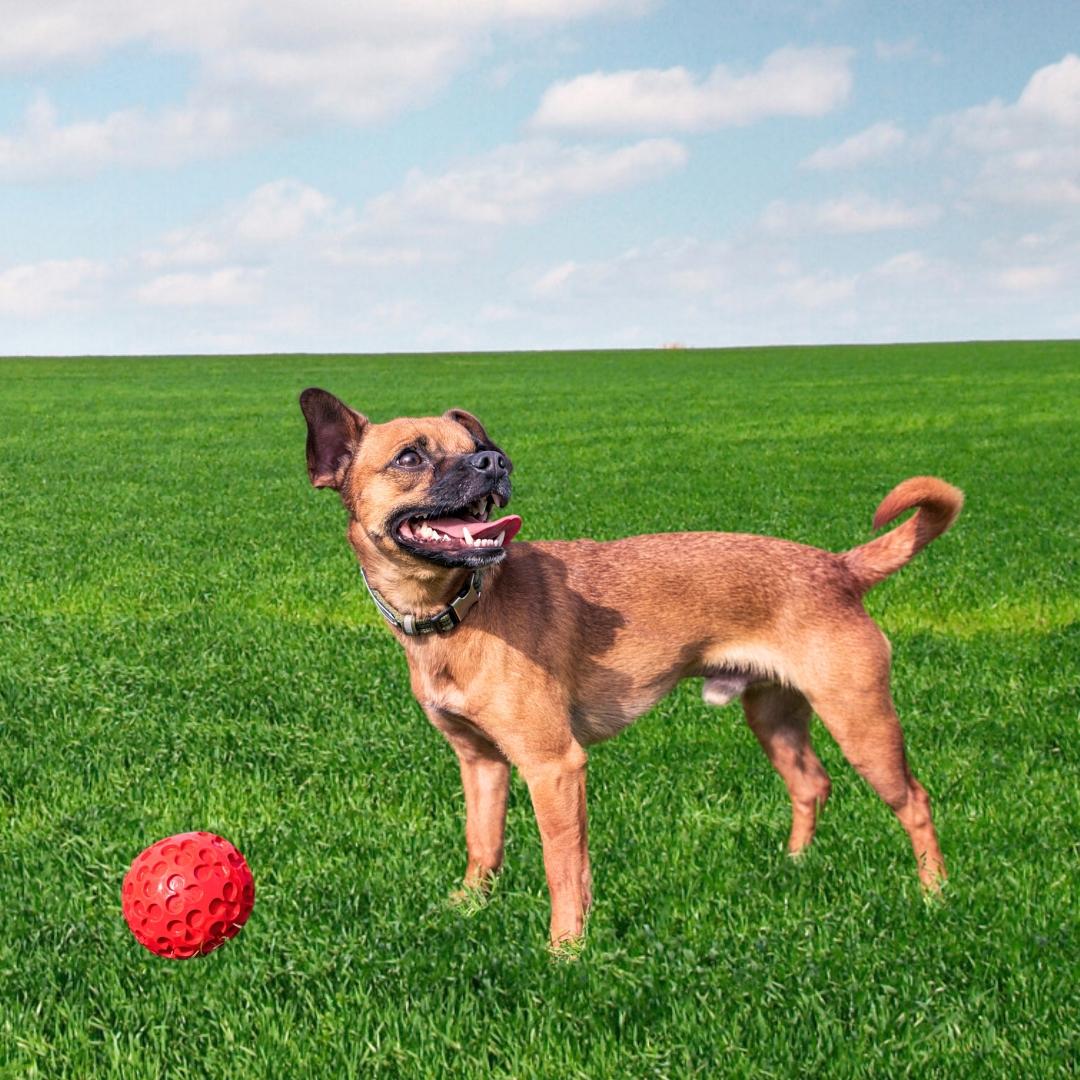
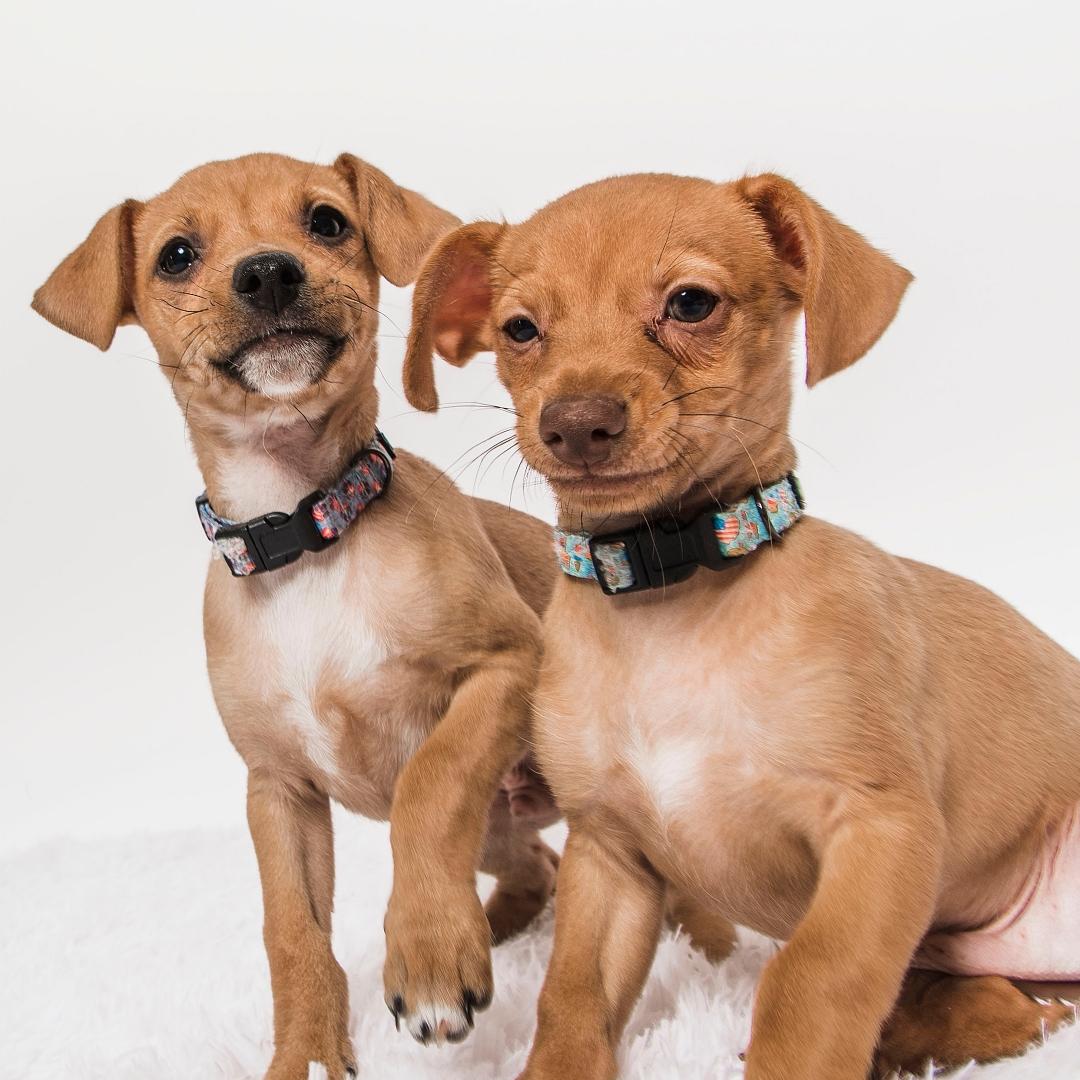
Grooming requirements will vary, depending on the dog’s coat length and type. Some even have a double coat. So, it is difficult to provide a blanket statement when it comes to their grooming needs.
Most Chiweenie dogs are going to need to be brushed daily and this should include the areas prone to matting like behind their ears, under their armpits and their groin. For shorter-haired individuals, you’ll get away with brushing a couple of times a week.
Bathe them every couple of months as needed, for example, if they roll in mud or fox poop. Over-bathing is not advised as this can lead to dry and itchy skin, as well as the production of dandruff. As the pH of their skin is different to ours, never be tempted to use human shampoo on them.
They have dew (thumb) claws on each front limb that need to be trimmed back every month or so. Their other claws can usually be kept short by walking them on pavements and other hard surfaces. For senior dogs, they may need you to help keep their thicker claws short, by clipping them a number of times a year.
It is important to brush your Chiweenie’s teeth and this should be something you do a few times a week if possible. This helps reduce calculus build up and prevents the need for dental treatments under anesthetic.
If prone to a build-up of wax, use an ear cleaner as needed. This is typically once every couple of weeks. If they get their ears wet during a bath or swim, dry the canals thoroughly using cotton balls, to help prevent ear infections.
One of the most important considerations for this pooch is the need to maintain a slim frame. Aim for a Body Condition Score of 3.5 or 4 out of 9. This helps prevent joint disease and improves their mobility in their older years. Preventing obesity is one of the best ways to ensure a good quality of life well into the teenage years.
Stick to a high quality diet that contains meat or fish as the first ingredient. A good diet may also contain some vegetables and grains or legumes. You might opt for a dog food that is supplemented with ingredients like glucosamine for joint support or prebiotics for gut health.
Avoid feeding bones as these can splinter and even fracture their teeth. They are also potentially going to cause constipation or even a gut obstruction. This is true whether the bones are cooked or raw.
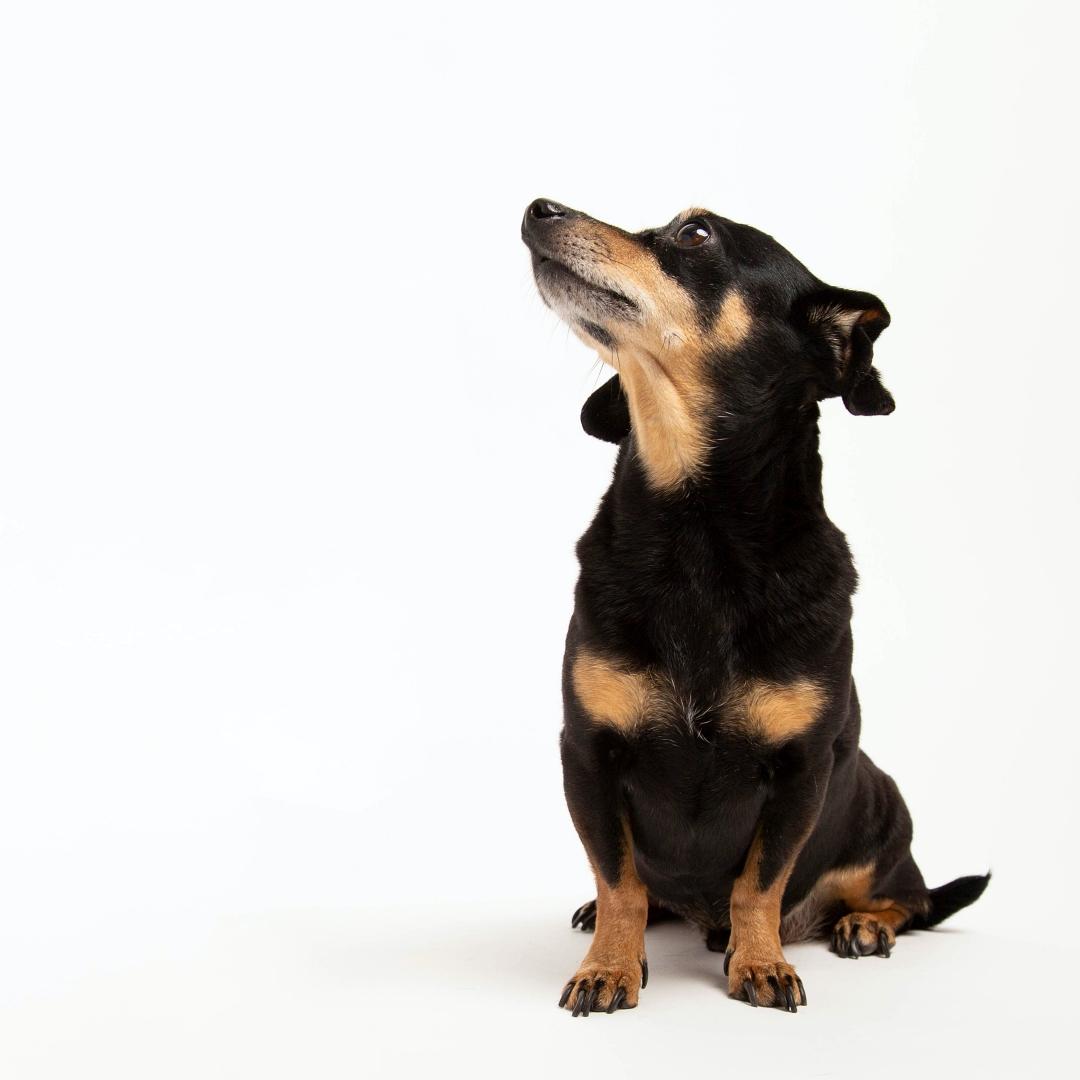
Small puppies can be prone to low blood sugar, so need regular feeds. At eight weeks of age, this is usually going to mean four feeds a day. This can reduce to three feeds once six months old, and to two feeds when they turn one year of age.
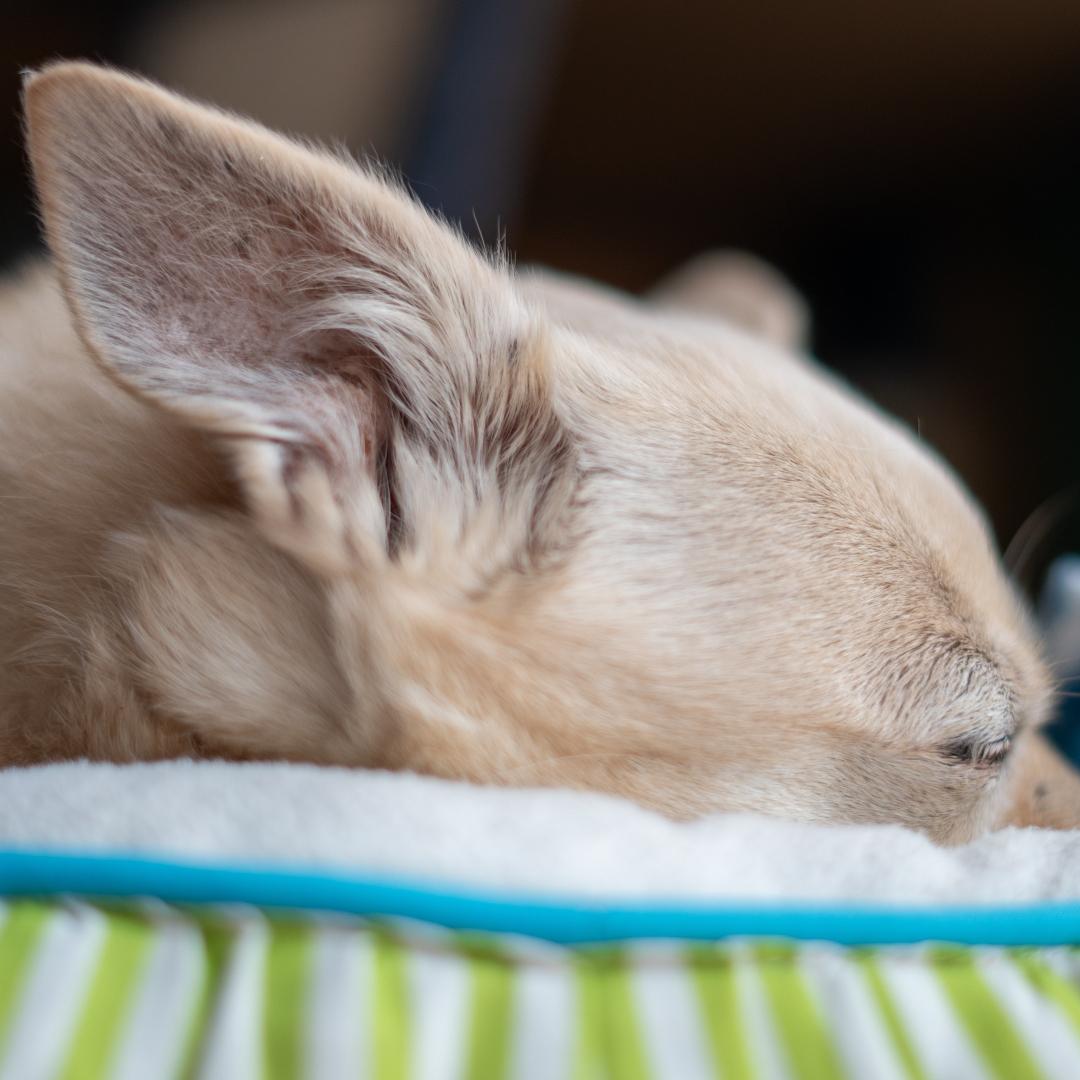
This is generally a long-lived mixed breed of dog, with a lifespan of about 13-14 years. Still, there are a range of medical conditions that breed members are predisposed to. This includes:
Otitis Externa (ear infections). For those Chiweenes with ears that flop, they are prone to developing ear infections. This is because the canal can become moist and humid; the perfect breeding ground for bacteria and yeast. Signs can include head shaking, red ear canals, a foul odour and visible wax or pus. Owners should seek vet assistance at the first sign of an infection, as the sooner they are treated the easier.
Intervertebral Disc Disease (IVDD). Those that inherit the longer back of their Dachshund parent are going to be prone to IVDD. This can cause sudden, intense pain in their back as the spinal cord is compressed. Dogs may also be weak or even paralysed. Treatment for milder prolapsed discs includes rest and pain relief, while more serious episodes of IVDD require surgical correction.
Epilepsy. Epilepsy is a term used for seizures that have no explained reason. The diagnosis tends to be made in dogs under the age of six. Anti-seizure medicine is frequently advised for those dogs who are having more than one seizure a month or who experience seizures that last over five minutes.
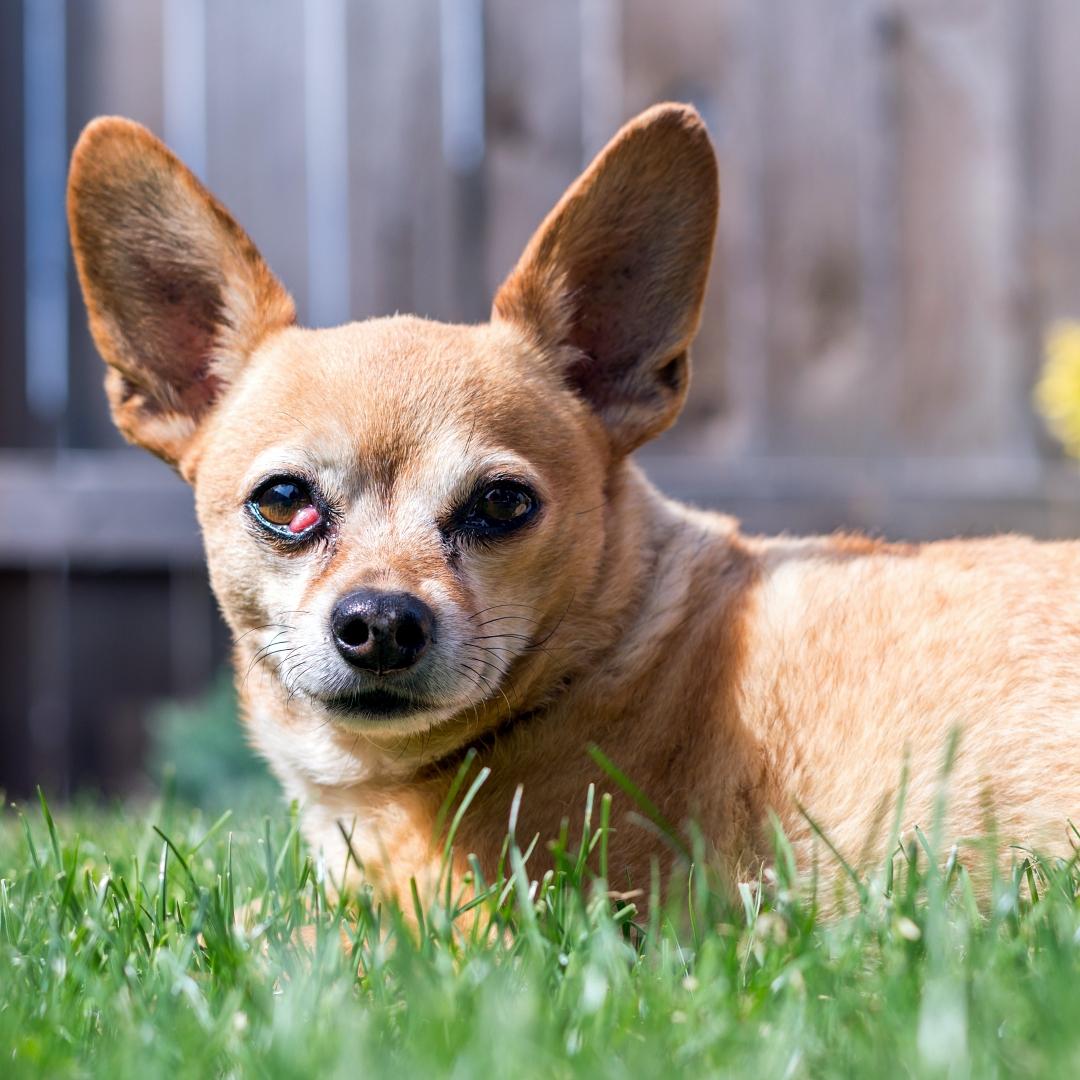
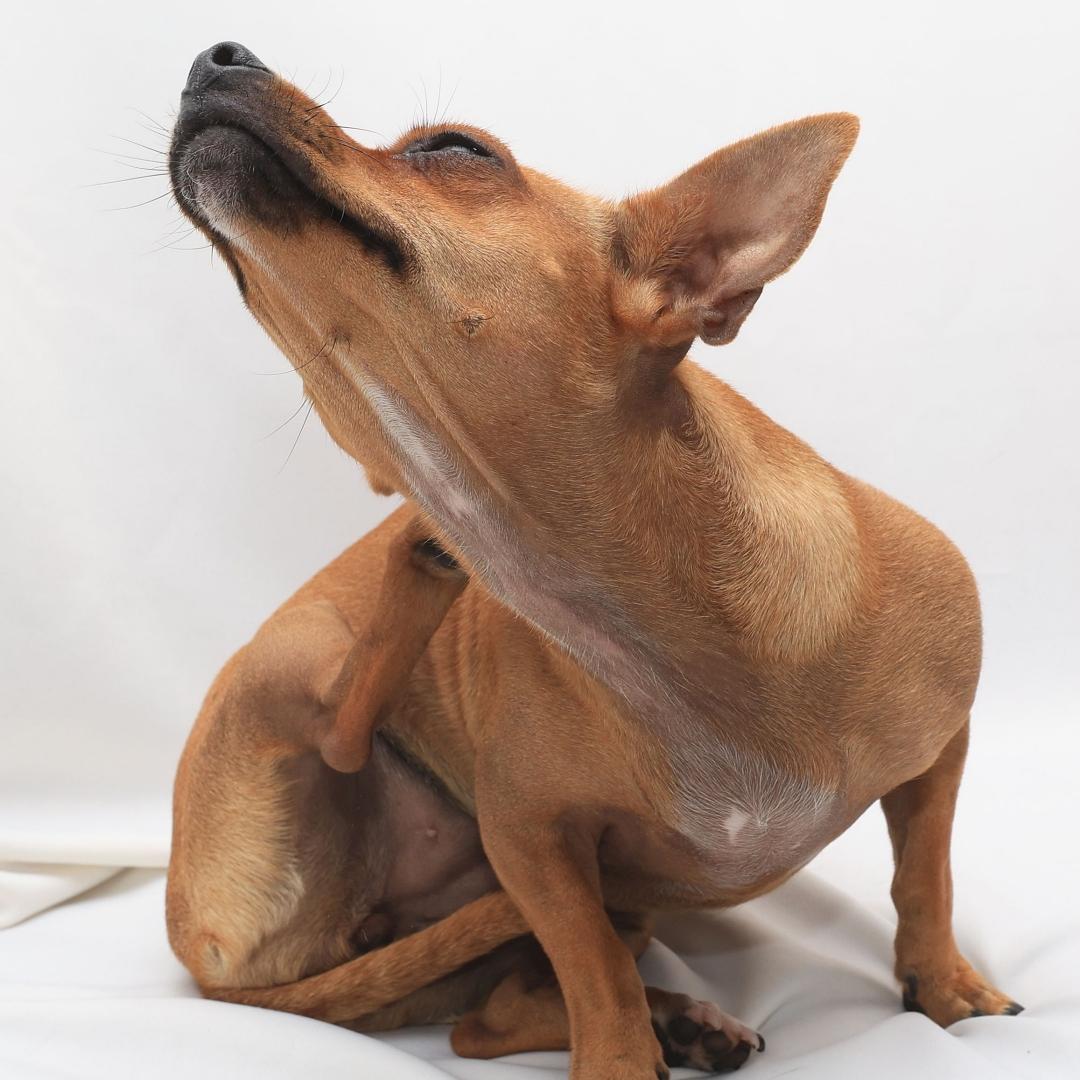
Allergic skin disease (atopy). Allergic skin disease causes dogs to be itchy and this can lead to excessive scratching and licking. Dogs then develop fur loss, scabs and secondary skin infections. Some of the more common allergens include foods (like chicken, egg, soy, or grains), pollen, grass, mold, and dust mites. Patients are usually managed with a combination of allergen avoidance, anti-itch medicine and medicated washes.
Hypoglycemia. Low blood sugar (hypoglycemia) is more of an issue in very young pups. As they are a small breed, they are less able to maintain a steady blood sugar, especially if they go too long without eating. Signs can include a dazed look, weakness and tremors. If you suspect low blood sugar, offer a meal right away. If not eaten, rub honey or sugar water on the gums and then head straight to the vet.
Periodontal disease. Dogs with smaller mouths are prone to teeth over-lapping, gingivitis and calculus build up. Many of these dogs are going to require several dental cleanings over their lifetime, in order to keep their mouths healthy. Signs of dental disease can include visible brown build up on the teeth, bad breath, drooling and a preference for softer foods.
Eye issues. There are several issues that seem to affect the Chiweenie’s eyes, including prolapse (the eye pops out of place) after a trauma, ‘Dry Eye’ (when not enough tears are produced), and glaucoma (high pressure within the eye). Signs of eye issues vary but can include squinting, excessive tear production, and eye rubbing. For diagnosing eye issues, your vet is likely to examine the eyes in person and run some basic tests such as a Fluorescein dye stain and a Schirmer Tear Production Test. Treatment may include some topical antibiotics or artificial tears.
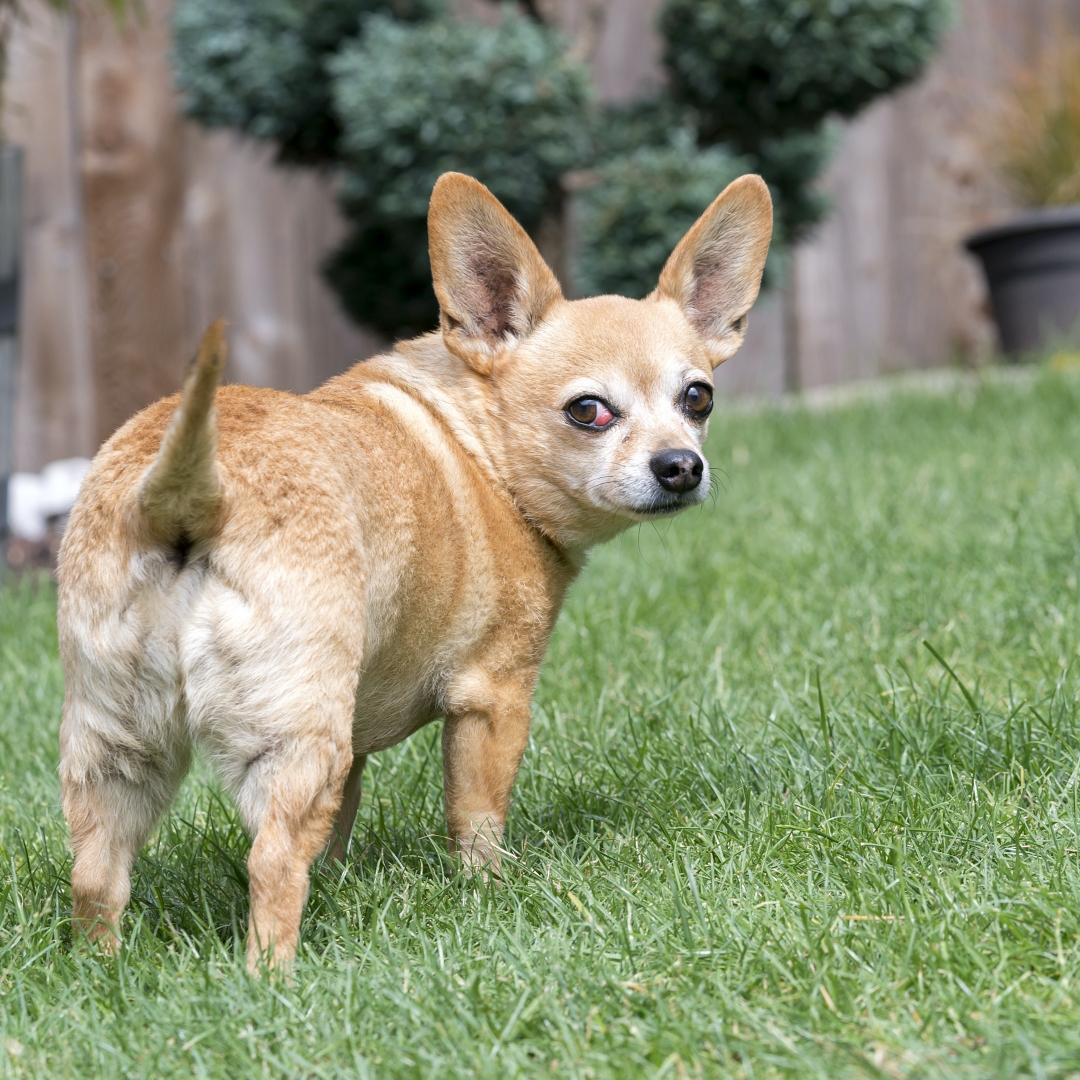
This is a wonderful breed option for lots of prospective buyers. They are well suited to single people, families and even active seniors. They can co-exist with other dogs if all have been socialized properly from a young age. They are likely not a good match for a family with a cat, though some breed members will be an exception to this rule.
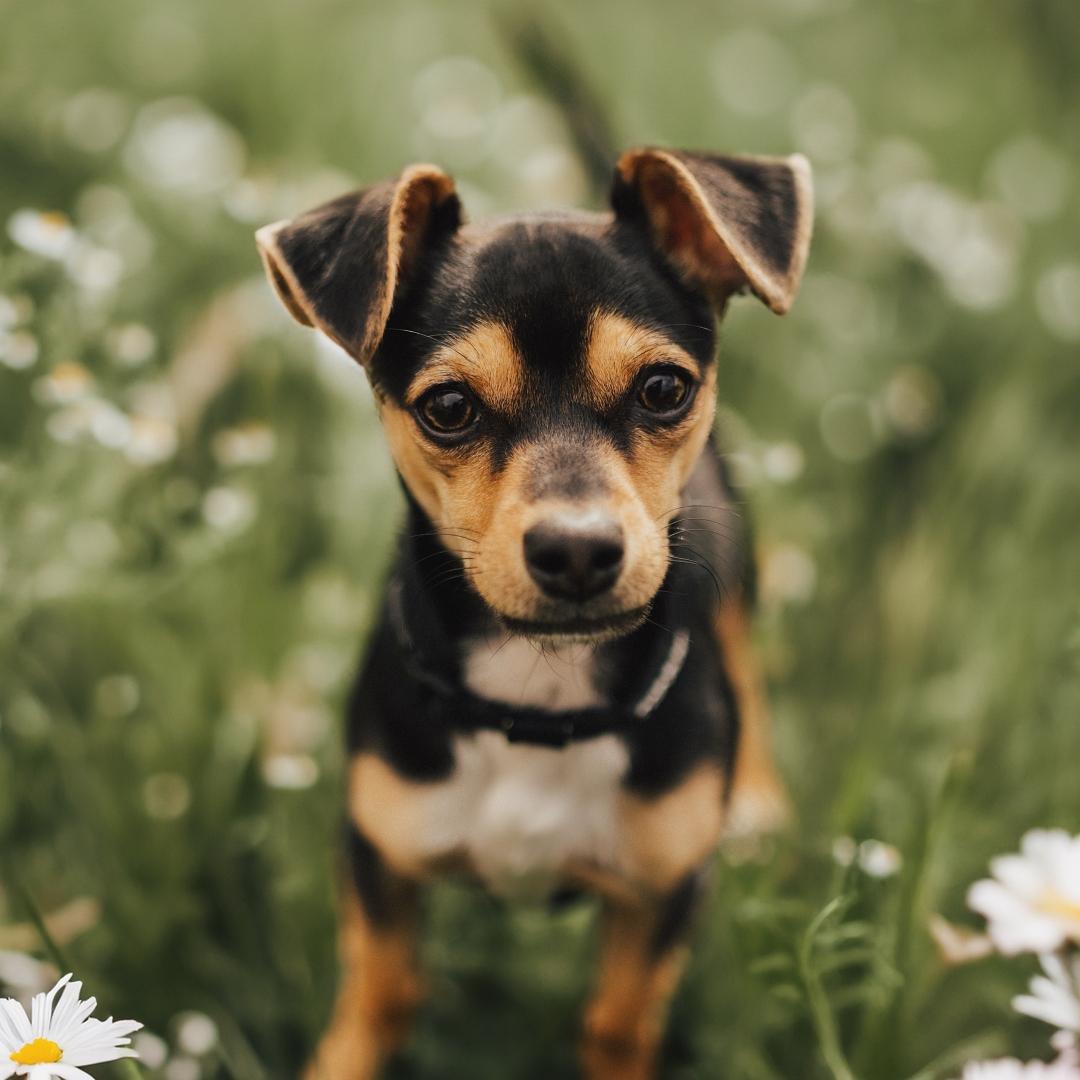
If you are lucky enough to see an entire litter of these little cuties, it can be very tricky to know which of them to choose! Consider what you are looking for in your companion. If you’d like a quieter dog to relax with at night, opt for the laidback puppy who isn’t leading the pack. Conversely, if you’re after a spunky watch dog, you may opt for the pup that is the first to greet you and the most confident of the lot.
Don’t get distracted by the cuteness overload and try to stick to the facts when assessing the Chiweenies. The pups should be in good condition and not boney or bloated. They should have soft and shiny coats and there should not be any scabs or missing patches of fur. Check for any limps or paw dragging.
Always view the puppies with their mother beside them, so there is a lower chance they have come from a puppy mill.
A designer doggy, the typical Chiweeenie pup will cost you around $1,000 dollars or so, but they can be anything from $300 to $1,500. Breeders who health test parents and who provide things like microchips, parasite preventions, vaccines, and guarantees are usually going to charge a bit more.
Don’t be tempted by a low price tag as your main motivator. Keep in mind that the average pet dog costs their pet parents over $15,000 (and sometimes even two or three times this figure!) in their lifetime.

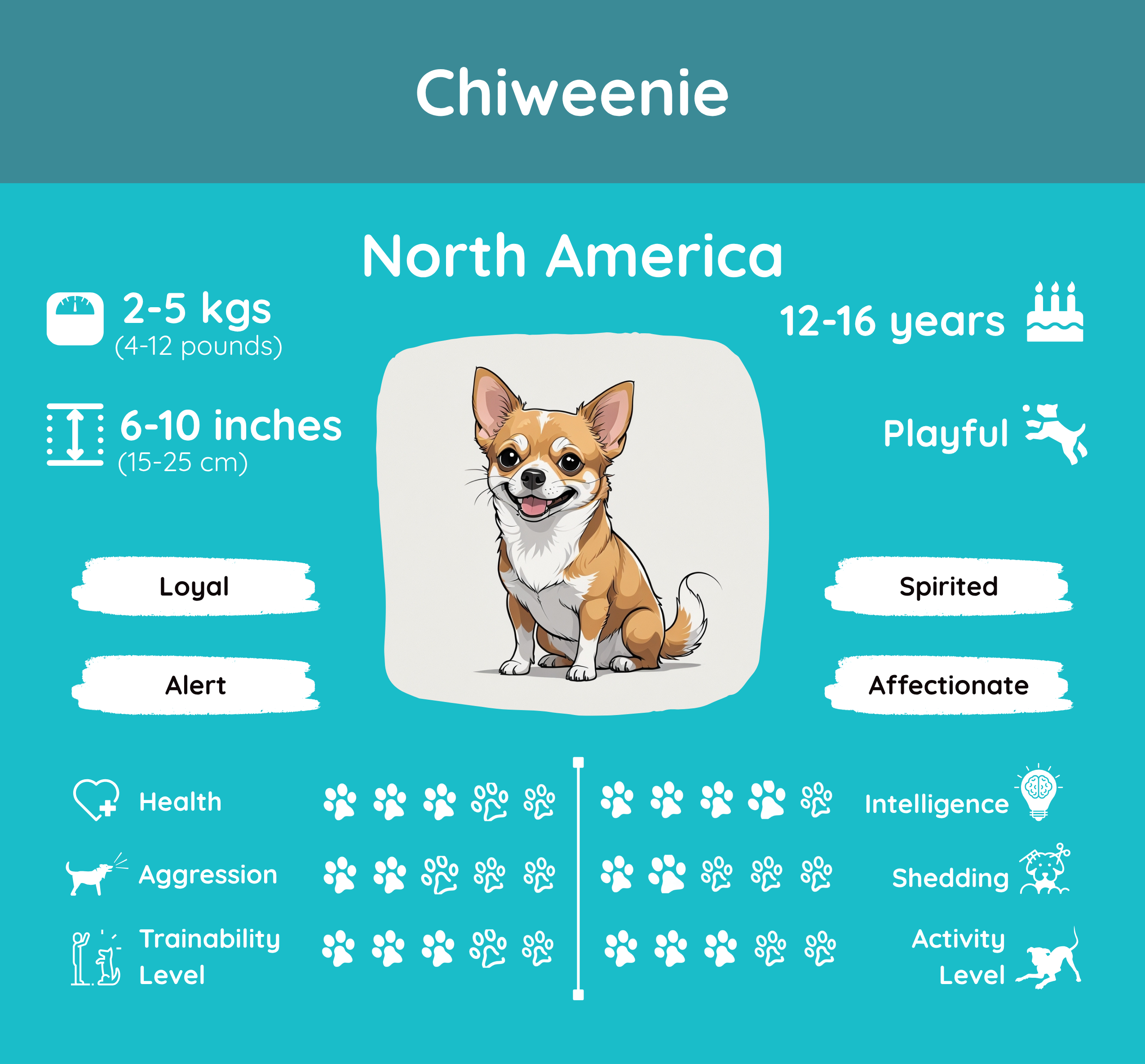
Follow Us On
Check Out Our Most Popular Content